Plumeria Pruning Info: How And When To Prune A Plumeria

While plumerias normally need very little pruning, they can get quite tall and untidy if not kept properly maintained. In addition to good care, some plumeria pruning info may be necessary.
Plumeria Care and Pruning
Plumeria (common name frangipani) is a small tree that grows around 30 feet (9 m.) high. It is native to tropical America and is very common in Hawaii. The leaves are glossy and pale green, while flowers are pale-colored and form a pretty pinwheel shape. They can be white, red, yellow, or pink and are often used to make leis, keeping for days. This tree loves hot and dry locations, so full sun and well-draining soil is a must. It does have some wind and salt resistance, though, so it can grow near the sea with few problems. Plumeria should be fertilized every three months for best flower production. Trim after blooming to promote healthy growth. It also needs some pruning to help maintain its size and keep it healthy.
How and When to Prune a Plumeria
Pruning plumeria can help keep the tree to a smaller size and help remove dead and diseased branches. Many gardeners wonder when is the best time to prune plumerias. When pruning a healthy tree to maintain size, it is important to prune only in the winter or early spring to avoid causing damage to the blooming cycle. Trimming off dead or diseased branches can be done at any time of the year and will not affect the blooms or harm the health of the tree. Pick the right tools to use for pruning. A sharp knife works great for smaller branches. Sharp pruning shears are good for medium size limbs. Pruning saws are good for branches that are more than 3 inches (8 cm.) in diameter. Keep your tools as sharp as possible to make even and clean cuts. Jagged, unclean cuts invite infection to the tree. Sterilize the blade of your tools after each cut. This will help prevent any disease spread, even if your tree is healthy. Rubbing alcohol is the best thing to use for sterilizing. Picking the proper location to trim is very important so you do not over or under trim the tree. If your tree is long and lanky and you want it to take on a fuller look, trim tall branches. Simply make a cut to remove the top branches. Only remove what you have too; don't overdo it. Trimming the top off will encourage new branches to form on the side of the tree. Take a large branch that has three of four other branches protruding from it. Make the cut about 1 foot (31 cm.) above the branching point. Don't just trim for looks, trim for the health of the tree as well. When removing dead or diseased limbs, take special precautions. Cut off any dead branch at the location of the problem. After cutting, you should see clean white sap oozing out. This is a sign of a healthy tree. If you do not see any oozing, you may need to cut the branch back further. Remember to keep tools sterile and dispose of the trimmed branches to prevent problems from spreading.
Gardening tips, videos, info and more delivered right to your inbox!
Sign up for the Gardening Know How newsletter today and receive a free copy of our e-book "How to Grow Delicious Tomatoes".
-
 Zinnias On Repeat: 10 Glorious Cut-And-Come-Again Varieties For Endless Summer Bouquets
Zinnias On Repeat: 10 Glorious Cut-And-Come-Again Varieties For Endless Summer BouquetsThese zinnia varieties keep giving all summer, making them the perfect choice for dedicated cutting gardens – or just the occasional homegrown bouquet.
By Ellen Wells
-
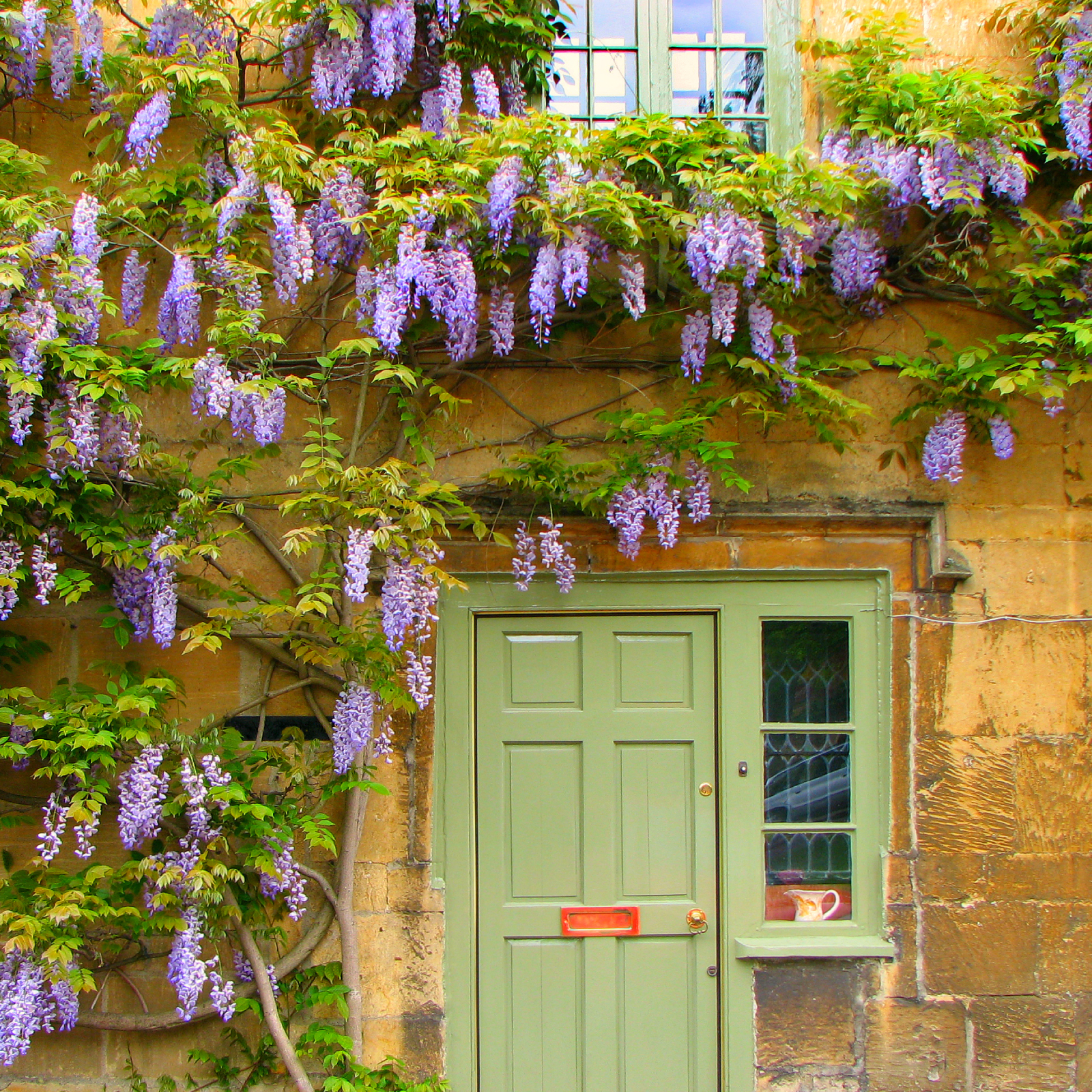 Create A Romantic Garden Straight Out Of Bridgerton: Regency Era Romance In Your Garden
Create A Romantic Garden Straight Out Of Bridgerton: Regency Era Romance In Your GardenTry some romantic garden ideas straight out of Bridgerton. Flowers and gardens in the Regency era were lush and charming and you can get the same look!
By Bonnie L. Grant
-
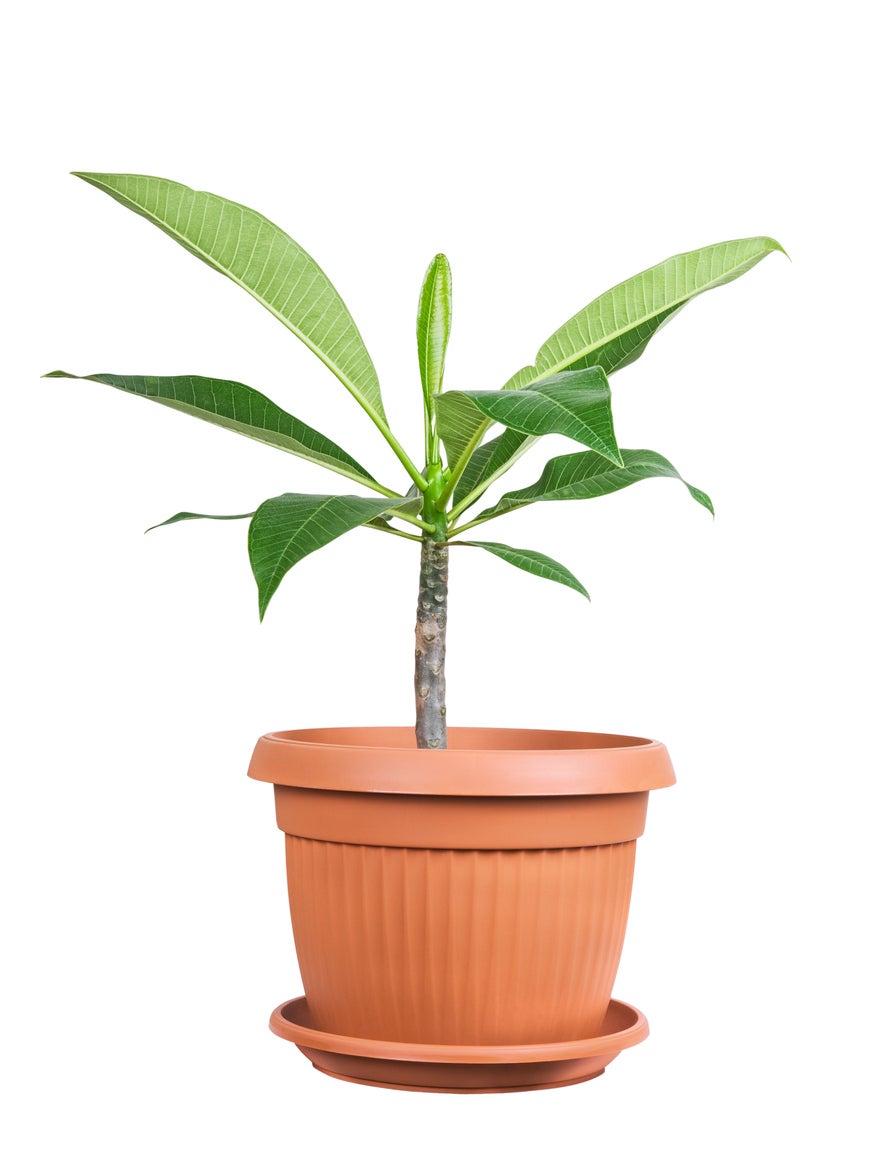 Plumeria Repotting Guide – Tips On When To Repot Plumerias
Plumeria Repotting Guide – Tips On When To Repot PlumeriasGrowing plumeria in a container requires repotting a plumeria yearly, in most cases. This encourages optimum growth and beauty. Plumeria repotting is not complicated, requiring a gentle touch and clean pruners. Take a look at the specifics in this article.
By Becca Badgett
-
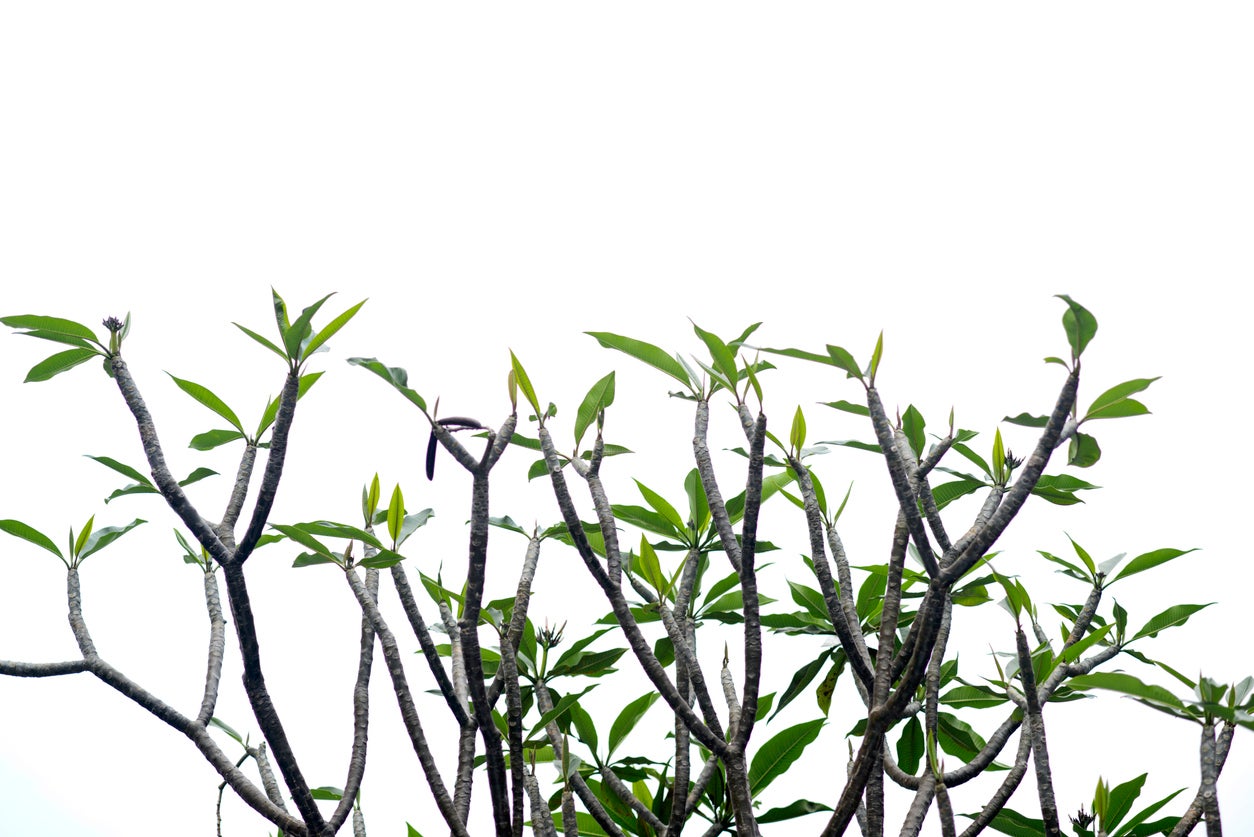 Making A Plumeria Branch: How To Encourage Plumeria Branching
Making A Plumeria Branch: How To Encourage Plumeria BranchingAlthough plumerias are surprisingly easy to grow, they can become lopsided or spindly. If your goal is to encourage plumeria branching, thus creating a fuller, balanced plant with more blooms, pruning is the way to go. Learn how to get plumeria to branch in this article.
By Mary H. Dyer
-
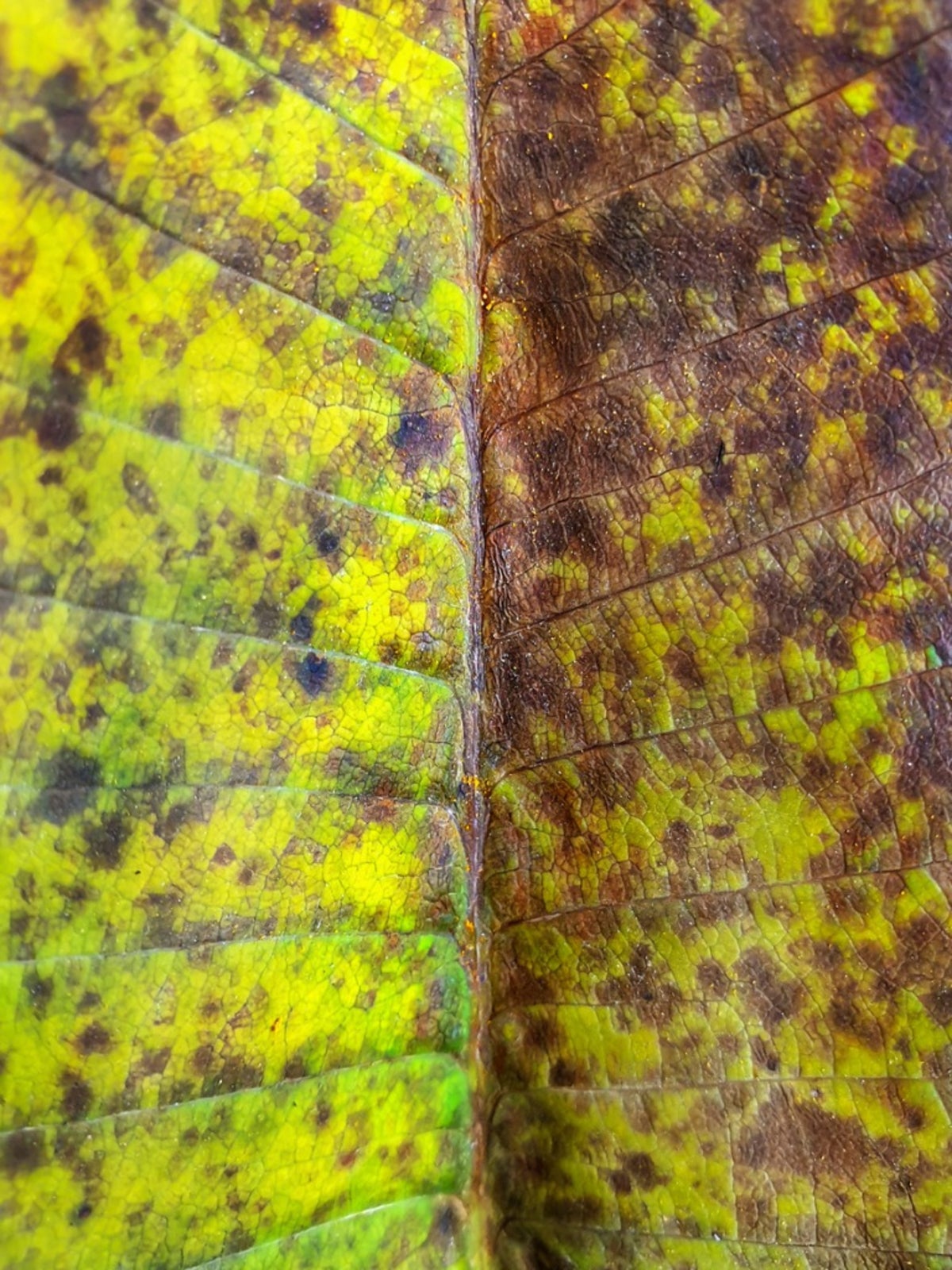 Plumeria Rust Fungus: How To Treat Plumeria Plants With Rust Fungus
Plumeria Rust Fungus: How To Treat Plumeria Plants With Rust FungusAlthough fungal diseases can happen anywhere, warm, humid tropical regions are especially favorable for fungal growth. Plumeria rust fungus is a disease that is specific to plumeria. Learn more about rust on plumeria plants in this article.
By Darcy Larum
-
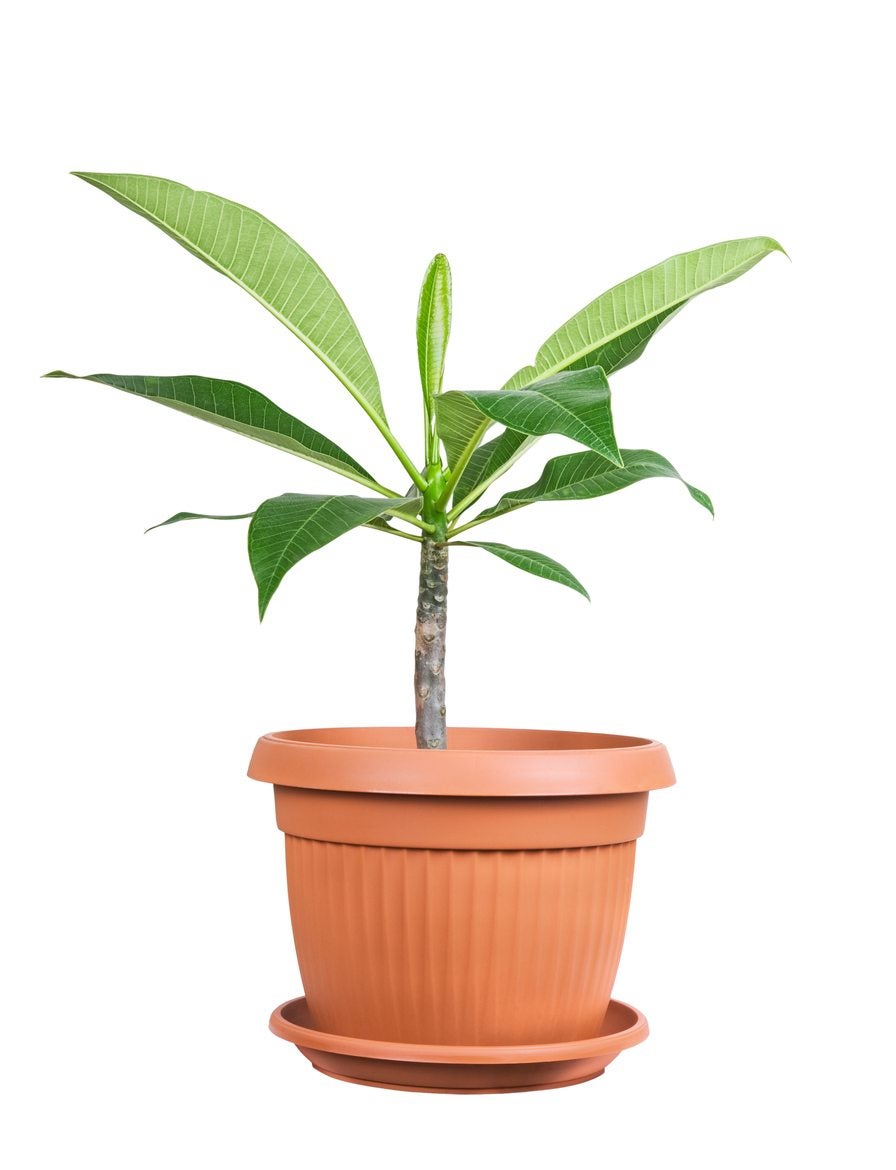 Indoor Plumeria Care – How To Grow Plumeria Plants Indoors
Indoor Plumeria Care – How To Grow Plumeria Plants IndoorsYou want to grow plumeria at home but feel geographically disadvantaged because you don?t live in the right planting zone (zone 9-11). But can you grow plumeria inside? What is required for indoor plumeria care? Click this article on to learn more.
By Shelley Pierce
-
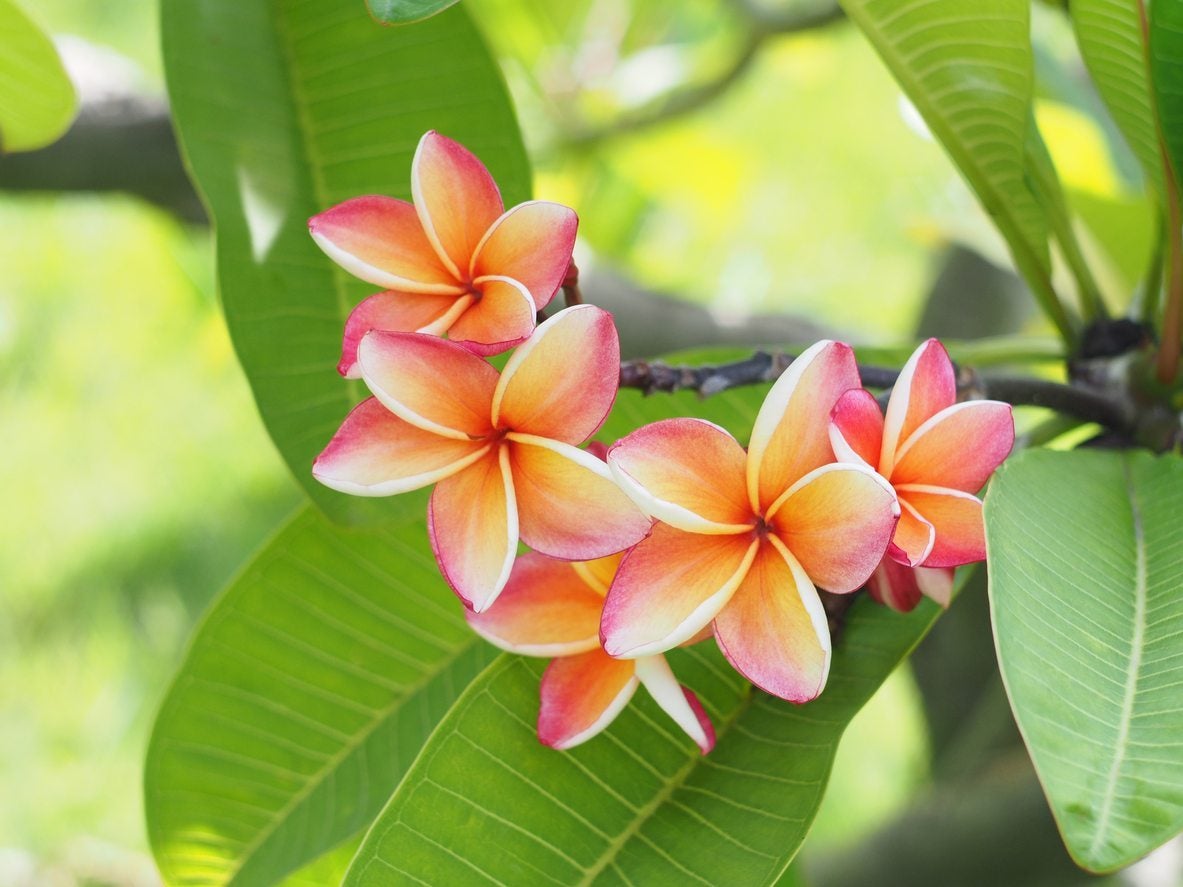 Moving Plumeria Plants : How And When To Move A Plumeria
Moving Plumeria Plants : How And When To Move A PlumeriaPlumeria can develop into large bushes with extensive root systems. Transplanting mature plants may be difficult, but transplanting a plumeria cutting is easy. Knowing when to move a plumeria is also an important aspect. This article will help with that.
By Bonnie L. Grant
-
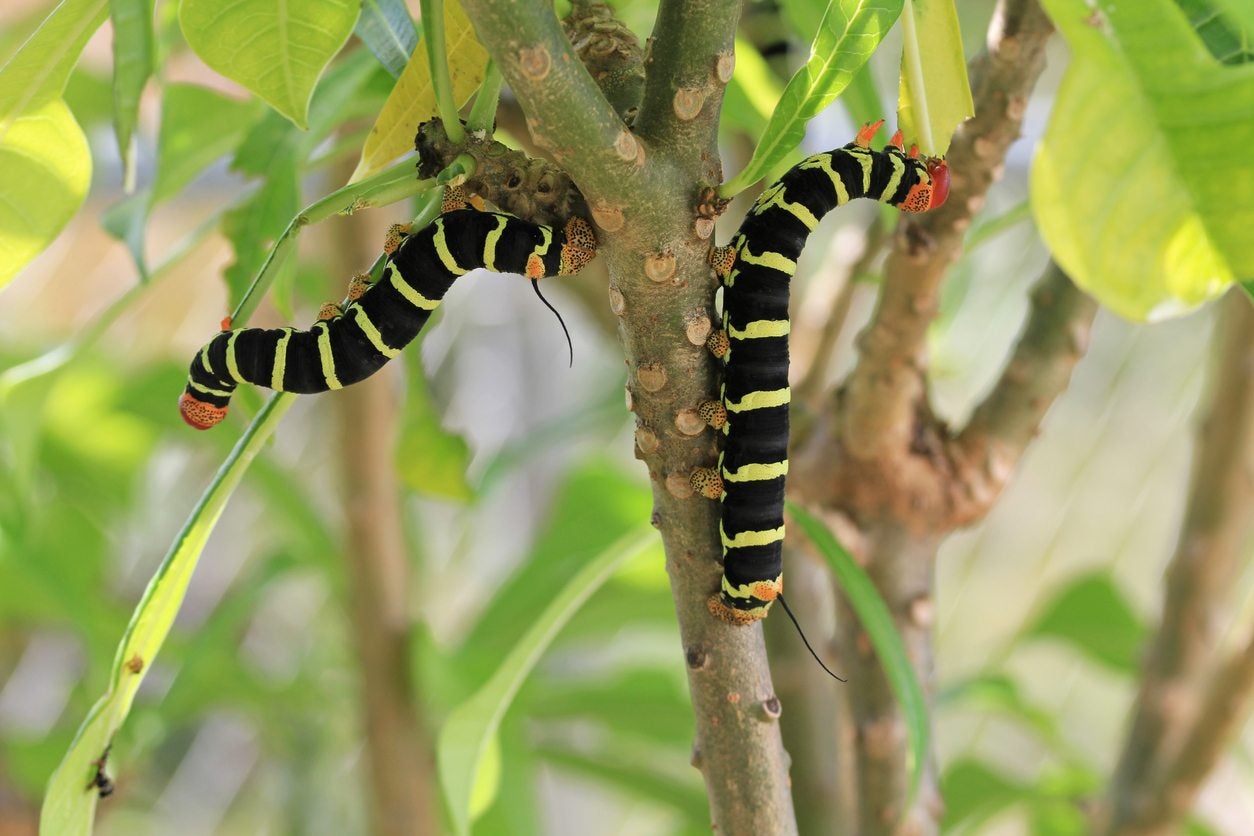 Plumeria Pest Problems – Learn About Pest Control For Plumerias
Plumeria Pest Problems – Learn About Pest Control For PlumeriasPlumerias are colorful and rewarding garden or patio plants. As with any plant, especially when it is stressed, you may have plumeria pest problems. On a positive note, common plumeria pests can be controlled with simple or organic treatments. Learn more here.
By Gardening Know How
-
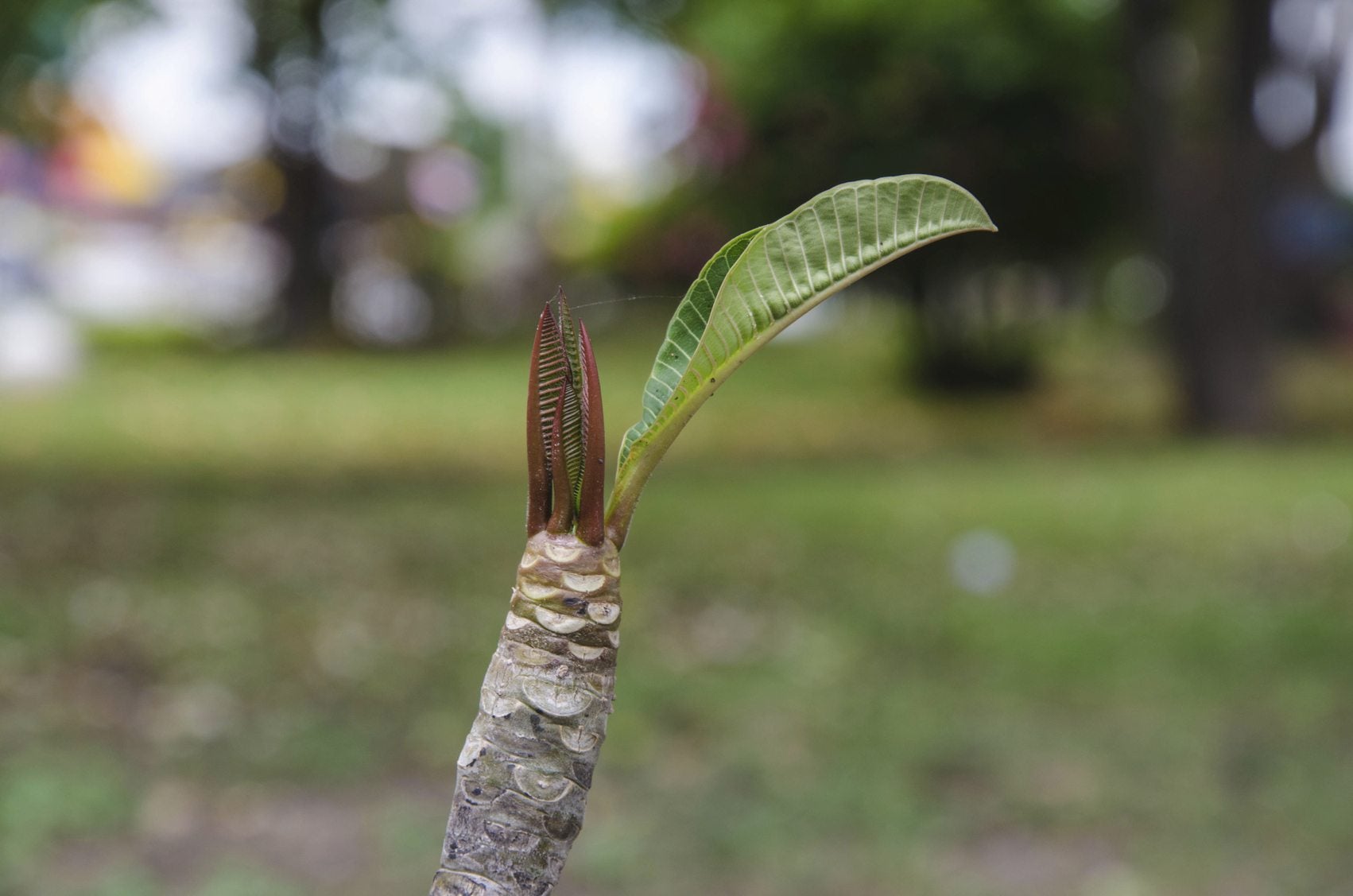 Plumeria Cutting Propagation – How To Grow Plumeria Cuttings
Plumeria Cutting Propagation – How To Grow Plumeria CuttingsPlumeria is a tropical and subtropical flowering plant that's very popular for its fragrance and for its use in making leis. Plumeria can be grown from seed, but it can also be propagated extremely well from cuttings. This article can help with that.
By Liz Baessler
-
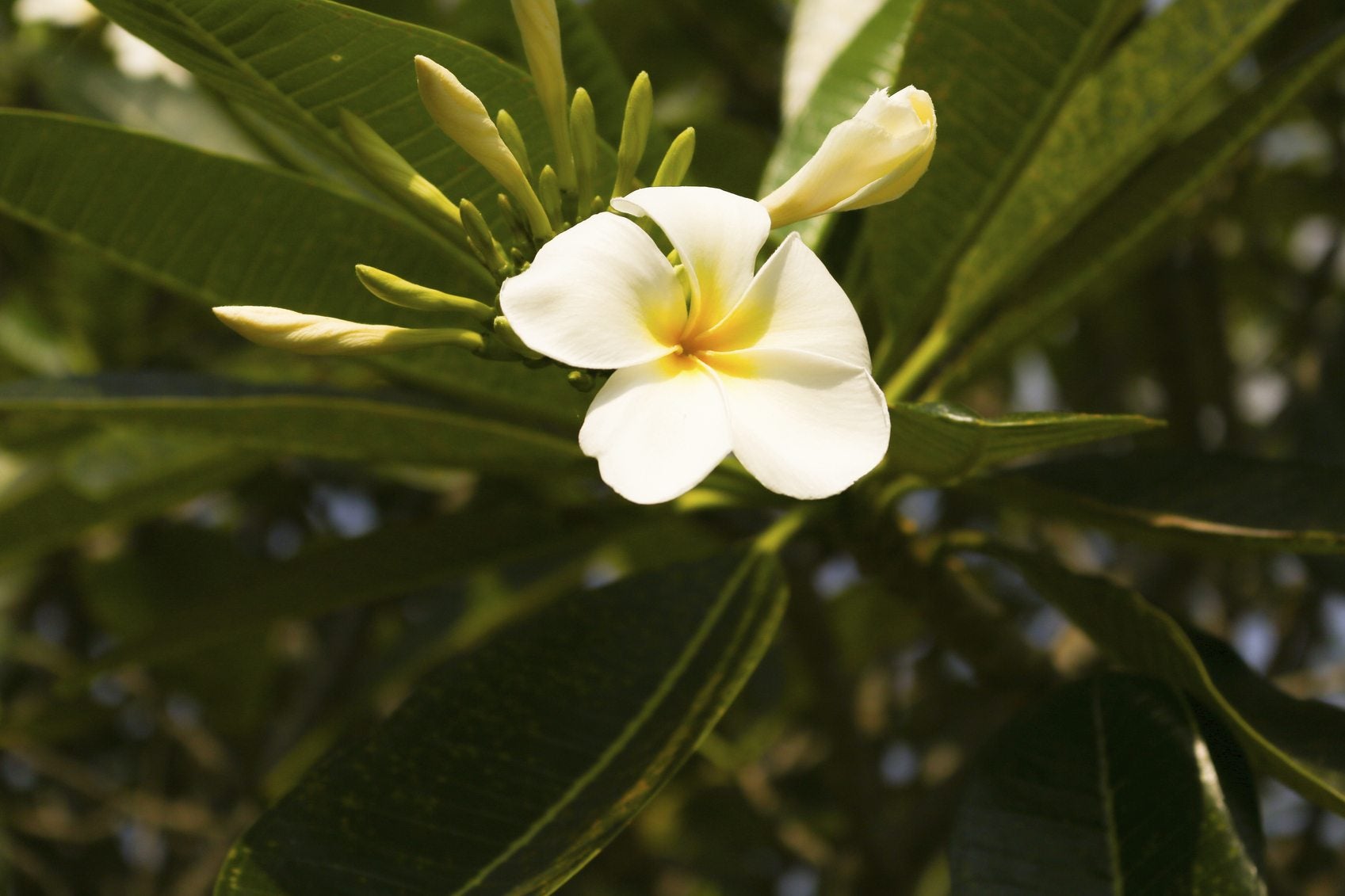 Plumeria Bud Drop: Why Are Plumeria Flowers Dropping
Plumeria Bud Drop: Why Are Plumeria Flowers DroppingIt can be upsetting to see plumeria flowers falling off or buds dropping before they open. This article provides information about plumeria flower drop and other problems with plumeria. Click here to find out why flower drop occurs and how to fix them.
By Teo Spengler